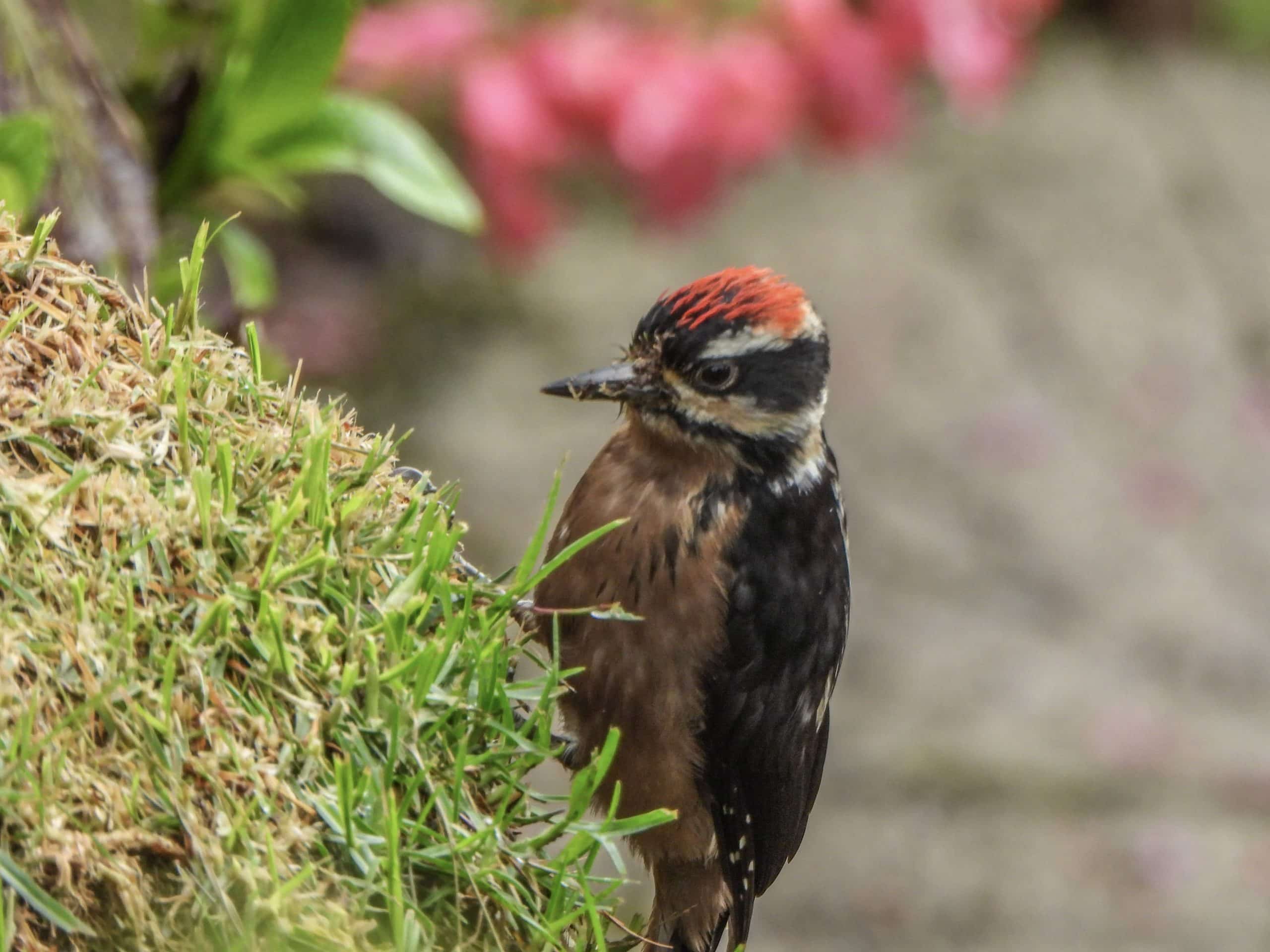How many of you came to Costa Rica to visit … and decided to not go home?
Here in Costa Rica, humans are not alone in making this their new home. A variety of Costa Rican birds are also “expats.”
For various reasons, some not entirely understood, Costa Rica has several bird species that are common in North America. Some even migrate here over winter, but also have distinct Costa Rica resident versions — part-time relatives. These birds just stay here; they do not go back north. Some non-migratory species have separate and unique Costa Rican populations totally disjointed from the major populations to the north. Jokingly, I like to think of them as “expat” birds.
In the late summer and early fall, two species arrive in Costa Rica as wintering migrants: yellow warbler and turkey vulture. Both have resident populations here in Costa Rica.See this article in the magazineJTNDZGl2JTIwc3R5bGUlM0QlMjJwb3NpdGlvbiUzQXJlbGF0aXZlJTNCcGFkZGluZy10b3AlM0FtYXglMjg2MCUyNSUyQzMyNnB4JTI5JTNCaGVpZ2h0JTNBMCUzQndpZHRoJTNBMTAwJTI1JTIyJTNFJTNDaWZyYW1lJTIwc2FuZGJveCUzRCUyMmFsbG93LXRvcC1uYXZpZ2F0aW9uJTIwYWxsb3ctdG9wLW5hdmlnYXRpb24tYnktdXNlci1hY3RpdmF0aW9uJTIwYWxsb3ctZG93bmxvYWRzJTIwYWxsb3ctc2NyaXB0cyUyMGFsbG93LXNhbWUtb3JpZ2luJTIwYWxsb3ctcG9wdXBzJTIwYWxsb3ctbW9kYWxzJTIwYWxsb3ctcG9wdXBzLXRvLWVzY2FwZS1zYW5kYm94JTIyJTIwYWxsb3dmdWxsc2NyZWVuJTNEJTIydHJ1ZSUyMiUyMHN0eWxlJTNEJTIycG9zaXRpb24lM0FhYnNvbHV0ZSUzQmJvcmRlciUzQW5vbmUlM0J3aWR0aCUzQTEwMCUyNSUzQmhlaWdodCUzQTEwMCUyNSUzQmxlZnQlM0EwJTNCcmlnaHQlM0EwJTNCdG9wJTNBMCUzQmJvdHRvbSUzQTAlM0IlMjIlMjBzcmMlM0QlMjJodHRwcyUzQSUyRiUyRmUuaXNzdXUuY29tJTJGZW1iZWQuaHRtbCUzRmQlM0Rub3ZlbWJlcl9pZG0lMjZwYWdlTnVtYmVyJTNENDglMjZ1JTNEaG93bGVyJTIyJTNFJTNDJTJGaWZyYW1lJTNFJTNDJTJGZGl2JTNFCan you identify the birds?
a) galapagos warbler
b) hairy woodpecker
c) acorn woodpecker
d) Turkey Vulture
e) Mangrove yellow yellow warble
(answers at the bottom)Like human snowbirds
Turkey vultures can be seen flying south by the thousands, especially along the Caribbean Coast in September. They winter in places throughout Latin America, mixing in with the resident populations that live here full time. The resident population of turkey vultures can be distinguished from the winter migrants by a pale-blue band on their neck and their ability to speak Spanish (just kidding!). In spring, the northern turkey vultures head back to the northern U.S. and Canada — just like so many human “snowbirds.”
Even more amazing is the yellow warbler. These birds come by the millions from North America to winter in Central America and northern South America. But there are also races or subspecies of them that stay in the tropical climates year round. Several Caribbean islands have their own version of the yellow warbler, and Costa Rica has two!
Referred to more and more as the mangrove yellow warbler, this unique Costa Rican version can be distinguished by its rufous head. It is somewhat common to see in mangroves from the Central Pacific all down the coast to the Osa Peninsula. Still stranger is a second separate version, sometimes called the Galapagos warbler, found only on Isla de Cocos (Cocos Island) 400 miles off the western coast. (Learn more in the Howler article “Cocos a Bird and Wildlife Wonderland.”)
Two woodpeckers
The other two expats are both woodpeckers: the acorn and the hairy. It is not really understood whether they once had a contiguous population with their relatives to the north that has been environmentally broken through time or human intervention, or if they migrated in the past. But regardless, both woodpecker species have separate and distinct populations that live in Costa Rica.
Many from California and the Pacific Northwest are familiar with the acorn woodpecker, the wonderful clown-faced woodpecker that lives exclusively in oak forests. People in the east and northeast U.S. and Canada know the familiar hairy woodpecker from the visits it makes to their bird feeders especially in winter. Both have distinct subspecies populations, found in higher elevations — places like Poás or Dota.
The acorn woodpecker diet is no different here; they live on acorns in oak forests (little known fact — there are acorns here in Costa Rica). And, while the Costa Rican acorn woodpeckers look identical to their North American counterparts, the Costa Rican hairy woodpeckers have a darker, dirty looking breast (“Dirty Hairy?”).
Why did these expat birds stay in Costa Rica? Why are there separate distinct populations? There are a lot of studies and theories. Some believe geologic and/or environmental changes over time separated the populations. Or perhaps they liked the tropics and got tired of flying back and forth.
Who knows? But know if you are now living here, that you are not alone. There are birds that made the same decision as you to stay in Costa Rica.






